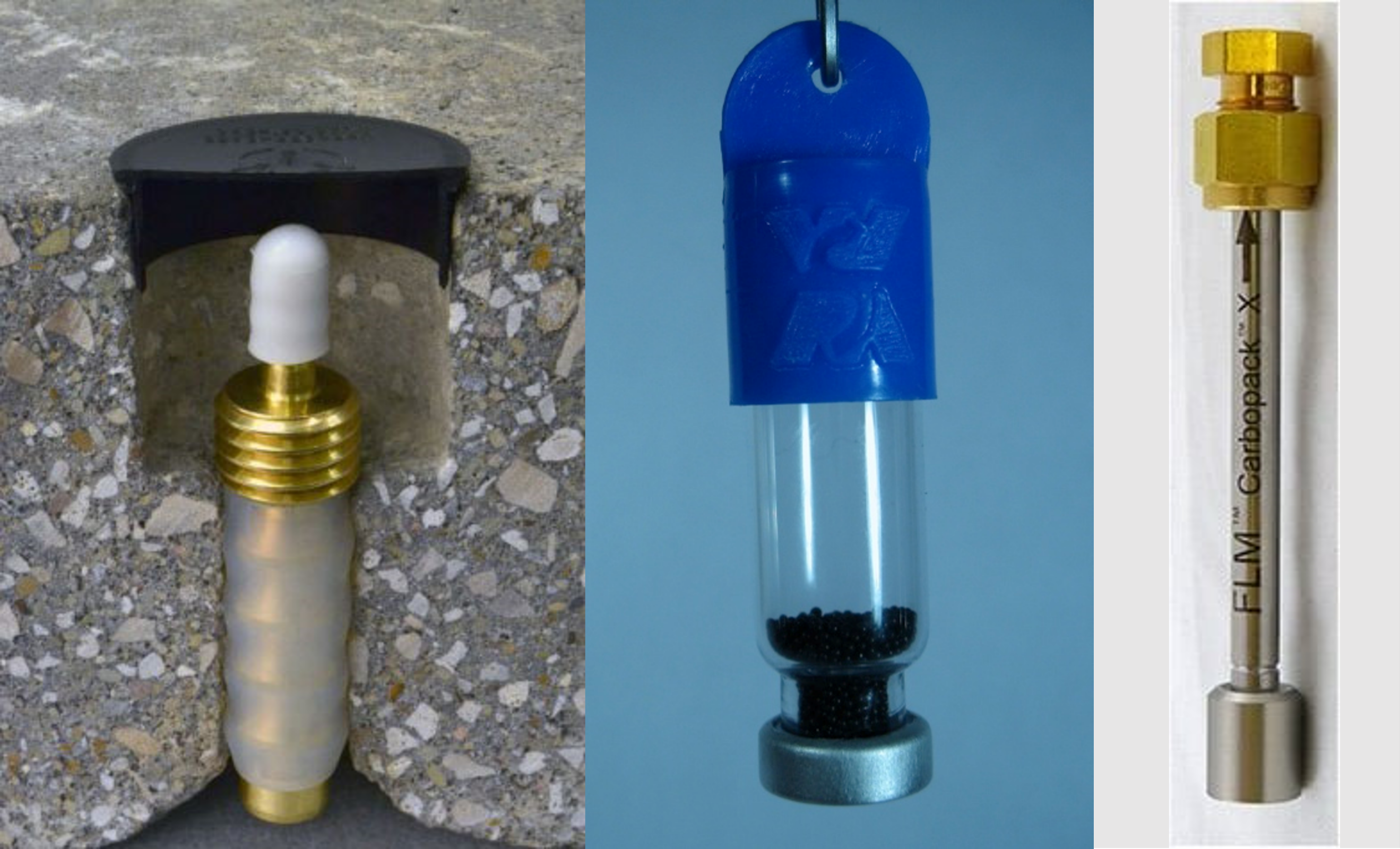Vapor Intrusion Research

Vapor intrusion (VI) occurs when hazardous vapors in subsurface sources, such as soil or groundwater, migrate into an overlying building or structure, contaminating the indoor air. This issue was first identified in the 1980s due to concerns about radon intrusion, which lead to an increasing awareness of human-made chemicals in the soil, groundwater, sewers, and other conduits.
Common vapor-forming chemicals include volatile organic compounds (VOCs), select semivolatile organic compounds, elemental mercury, and some polychlorinated biphenyls and pesticides. EPA's vapor intrusion research is primary focused on chlorinated solvents such as trichloroethene (TCE) and perchloroethene (PCE, tetrachloroethene). In addition to the chlorinated solvents, it has been identified that some per- and polyfluoroalkyl substances (PFAS) also have volatile phases that may be of concern during vapor intrusion site assessments. The release of these toxic vapors can pose serious health issues and safety hazards to building occupants, and our scientists are conducting research to help mitigate and prevent vapor intrusion.
Research Publications:
- Cost Comparison of Soil Vapor Extraction and Subslab Depressurization for Vapor Intrusion Mitigation
- Identifying and Evaluating Vapor Intrusion through Preferential Migration Routes and Points of Entry into Buildings
- Observation of Conditions Preceding Peak Indoor Air Volatile Org Compound Concentrations in Vapor Intrusion Studies
